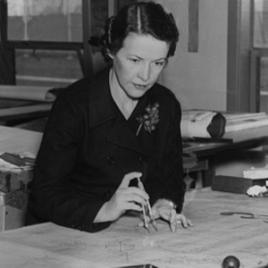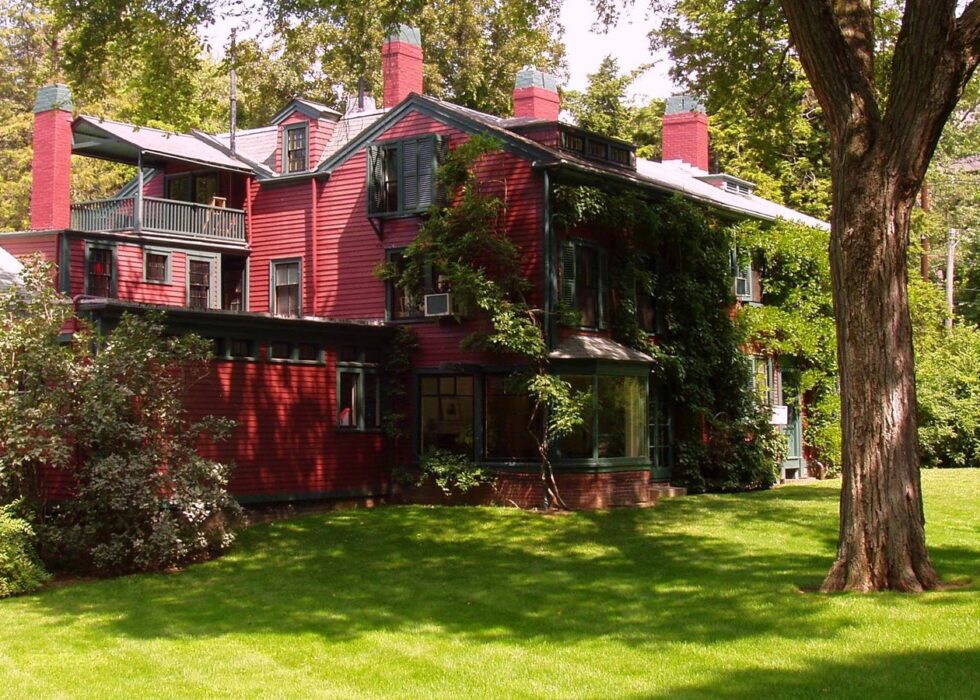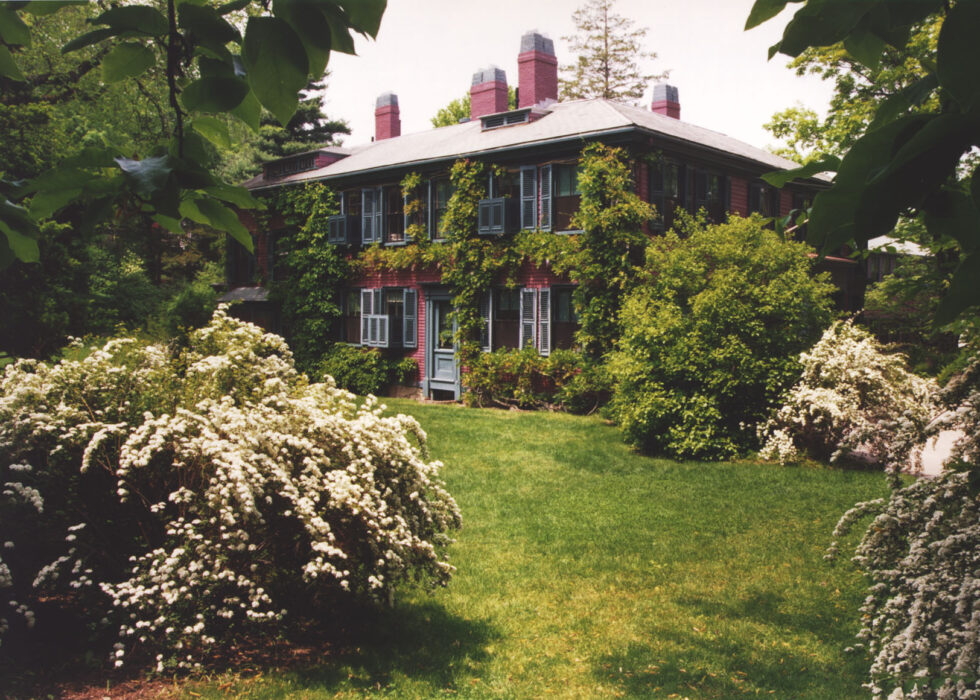Successors
While significant attention has been paid to Frederick Law Olmsted and the Olmsted brothers, far less attention has been paid to the many men and some women who worked in the Olmsted firm.
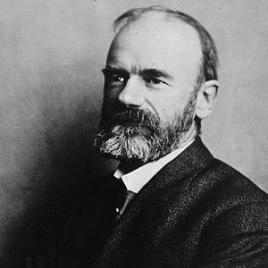
Warren Manning
Warren Manning (1860-1938). After serving an apprenticeship at his father’s nursery in Reading, MA, Manning joined the Olmsted firm in 1888. There, he oversaw the office’s planting plans, which would eventually number some 125 projects in 22 states, including the 1893 World’s Columbian Exposition in Chicago. At the firm, he worked on Louisville parks with John Charles Olmsted, Biltmore with Olmsted Sr. and the Boston Metropolitan Park System with Charles Eliot. After starting his own firm in 1896, Manning worked on city plans for Athens, GA, and Birmingham, AL, as well as designs for the VMI and Tuskegee Campuses. He was the primary designer for the Village of Pinehurst in NC and Stan Hywet in Akron, Ohio and a major consultant to the Milwaukee Park System, where he designed Mitchell and Kosciusko parks.
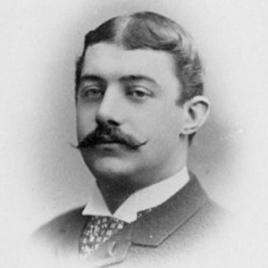
Henry Sargent Codman
Henry Sargent Codman (1864-1893). Henry Sargent Codman had a short but distinguished career. He started work at the Olmsted firm immediately after his graduation from MIT in 1884. After a two-year apprenticeship, he undertook an extensive tour of landscapes and nurseries in England, France and Germany, working in Paris for a year with the noted horticulturist Edouard Andre. He became a partner in the firm in 1889, pursuing such notable projects as South Park and Cazenovia Park in Buffalo, Jackson Park and the Midway Plaisance in Chicago and the 1893 World’s Columbian Exposition. During the Exposition, Codman had an appendectomy and developed an infection. He did not recover and died at the age of 29.
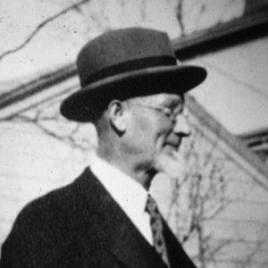
Emanuel Tillman Mische
Emanuel (Emil) Tillman Mische (1870-1934). Educated at Harvard’s Bussey Institute and at Kew Gardens, Mische was an assistant in the Olmsted firm and highly regarded for his horticultural knowledge. At the recommendation of John Charles Olmsted, he was named park superintendent in Madison, Wisconsin. After serving for two years, he moved west to become Superintendent of the Portland Park system. In Portland, Mische was instrumental in the implementation of the 1903 Olmsted Brothers Park Plan. After the city eliminated its park board in 1913, Mische resigned, establishing his own firm. He later moved to New York and worked on the Olmsted Brothers’ Fort Tryon Park project.
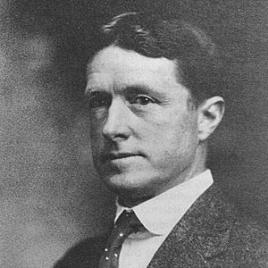
Arthur Shurcliff
Arthur (nee Shurtleff) Shurcliff (1870 – 1957). Shurcliff received a B.S. from MIT (1894) and a B.S. in landscape studies (1896) from Harvard University, where he designed his own curriculum. Working with Frederick Law Olmsted, Jr., he was instrumental in introducing the first landscape architecture curriculum at Harvard. After practicing at the Olmsted office for eight years, he opened his own firm. Over time, he became known for his skill in the design of colonial landscapes and zoos as well as town planning. He served as the chief landscape architect for the team hired by John D. Rockefeller, Jr. to recreate Colonial Williamsburg.
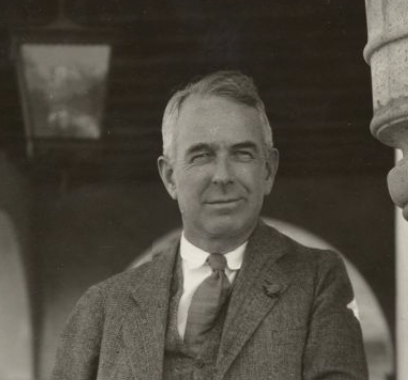
James Frederick Dawson
James Frederick Dawson (1874-1941). Dawson literally grew up in an Olmsted landscape as the son of Jackson Thornton Dawson, superintendent of the Arnold Arboretum. He graduated from Harvard’s Bussey Institute in 1896 and immediately joined the Olmsted firm. There, in 1904, he became the first associate partner in Olmsted Brothers, Landscape Architects, ultimately rising to partner in 1922. Like his father, he was an accomplished designer and plantsman who supervised projects from coast to coast as well as in Venezuela, Cuba, Canada and Bermuda. He took many trips with John Charles Olmsted to the Northwest, where he helped in the design of parkway systems for Portland, Seattle and Spokane as well as the Alaska-Pacific-Yukon Exposition. He worked on numerous projects including Audubon Park, Palos Verdes Estates and the Washington State Campus in Olympia.
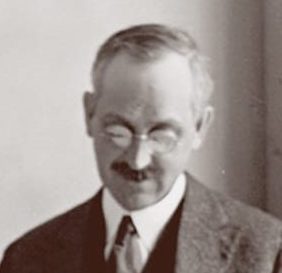
Percival Gallagher
Percival Gallagher (1874-1934). Gallagher graduated from Harvard’s Bussey Institute in 1894 and joined Olmsted, Olmsted & Eliot the same year. He started his own firm in 1904 but returned to the Olmsted firm two years later, finding administration not to his liking. He became a partner in the Olmsted firm in 1927. Projects included Washington National Cathedral; Blue Hill Reservation; Branch Brook Park; Rahway River Park; the Shakespeare Garden in Plainfield, NJ; Oldfields, Indianapolis; and numerous colleges and universities including Vassar and Duke.
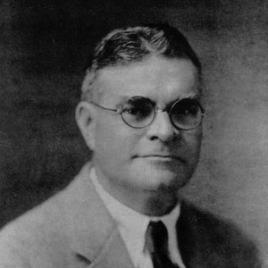
Henry Vincent Hubbard
Henry Vincent Hubbard (1875 – 1947). Hubbard was a student of Frederick Law Olmsted Jr. at Harvard and the very first to receive a landscape architecture degree. Over many years, he helped advance the professions of landscape architecture and city planning, writing (with his wife Theodora Kimball) Introduction to the Study of Landscape Design, the most widely used textbook in landscape architecture. Hubbard started a school of city planning at Harvard in 1929 and taught generations of students at Harvard University. He was also an avid proponent of the national parks, serving as a planning consultant for the National Park Service. He founded and was chief editor of the American Society of Landscape Architect’s magazine, Landscape Architecture, and editor of City Planning Quarterly.
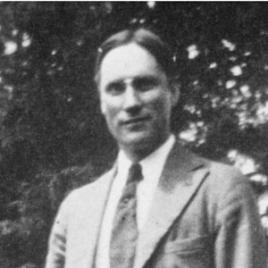
Harold Hill Blossom
Harold Hill Blossom (1879—1935). A graduate of Amherst College, Blossom was the first to receive an MLA from the Lawrence Scientific School at Harvard (1907). While in school, he started work at the Olmsted firm, later marrying the sister of his colleague James Frederick Dawson. Projects included South Mountain Reservation, NJ; Dunn Gardens, Seattle; Alaska Yukon Pacific Exhibition, Seattle; Newport residences; and a report on the improvement of Stockbridge, MA in 1914. He started his own firm in 1919.
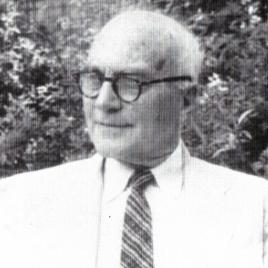
Edward Clark Whiting
Edward Clark Whiting (1881-1962). Whiting graduated from Harvard University in 1903 with a BA in business. He joined the Olmsted Brothers firm in 1905 and became a partner in 1920. His projects were varied and included subdivision planning as well as work on the Essex and Union County park systems; Fort Tryon Park; Washington National Cathedral grounds; Catholic and Trinity Colleges in Washington, DC; and Rock Creek Park. In 1962, he and Artemas Richardson, Joseph Hudak and William Marquis formed Olmsted Associates, Landscape Architects.
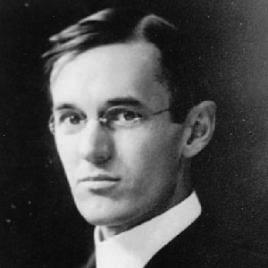
Carl Rust Parker
Carl Rust Parker (1882-1966). Parker worked at Olmsted Brothers from 1901 to 1910. In 1910, he opened his own firm. He then worked for both the construction division of the War Department and the United States Housing Corporation, Town Planning Division, before returning to the Olmsted Brothers firm. For the next 42 years, he worked on a diverse array of projects including parks, campuses, subdivisions, residential landscapes and city and town planning.
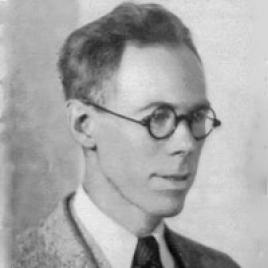
William Bell Marquis
William Bell Marquis (1887 - 1978). Born in Illinois, Marquis received a BA from Lake Forest College and an MLA from Harvard University. His first job was as office manager and design supervisor at P.J. Berckmans Company in Augusta, GA, where he worked on the city plan for North Charleston and advised Fuller Callaway on Hills and Dales Estate in LaGrange, GA. During World War I, Marquis and Frederick Law Olmsted, Jr. worked in the Camp Planning Section of the Construction Division of the U.S. Army. Thereafter, in 1919, Marquis joined the Olmsted firm, becoming a partner in 1937. His projects included Yeaman’s Hall, the first country club community, as well as Augusta National Golf Club, now famous for the Master’s Tournament, where he worked with Alexander Mackenzie and Bobby Jones.
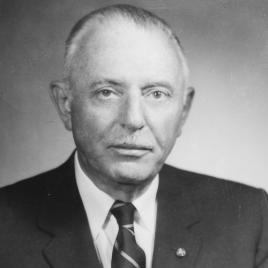
Leon Henry Zach
Leon Henry Zach (1895-1966). Zach received Harvard undergraduate (1914) and graduate degrees (MA in landscape architecture,1924). He became a partner in the Olmsted firm before beginning a lengthy career with the Army in 1941. There, Zach was responsible for selection of sites and installation planning, serving as Chief of the Planning Branch of Military Construction for the Office of the Chief of Army Engineers. He was also chair of the Garden Advisory Committee of Dumbarton Oaks and served on the National Capital Planning Commission.
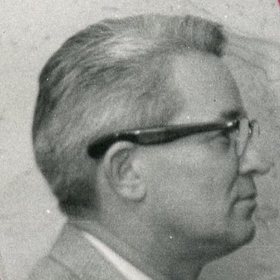
Charles Scott Riley
Charles Scott Riley (1909-1966). Educated at the University of Cincinnati and Harvard University, Riley became an associate of the Olmsted Brothers firm in 1947, working on many campus designs including the University of Mississippi and Sewanee and other projects. He became a partner in 1950. Riley developed plans to divide the house and the office at Fairsted so that the firm could sell the home. However, the Brookline Building Commission rejected those plans. He retired in 1961.
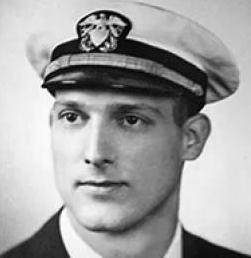
Artemas Partridge Richardson II
Artemas Partridge Richardson II (1918-2015). Richardson received degrees from Williams College and Iowa State University, with additional training at Penn State. He joined the Olmsted Brothers firm in 1948 and was a partner from 1950 – 1961. In 1962, he and Joseph Hudak formed Olmsted Associates which operated until 1979. Richardson was responsible for transferring the Olmsted home and office to the National Park Service in 1979.
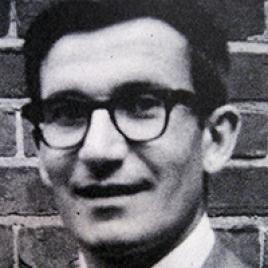
Joseph George Hudak
Joseph George Hudak (1926- 2016). Educated at Penn State, Hudak became an associate in the Olmsted firm in 1953. He was the firm’s planting specialist, lecturing on horticulture at local institutions and writing a number of books popular with the gardening public including Gardening with Perennials Month by Month. In 1963, Hudak lived at Fairsted for a year where he introduced azaleas, yews, rhododendrons and daylilies into the landscape. His various assignments with the Olmsted firm included Mountain Lake Sanctuary; Duke University Campus; campus plans for Harvard Business School, University of Mississippi and Fort Tryon Park.









